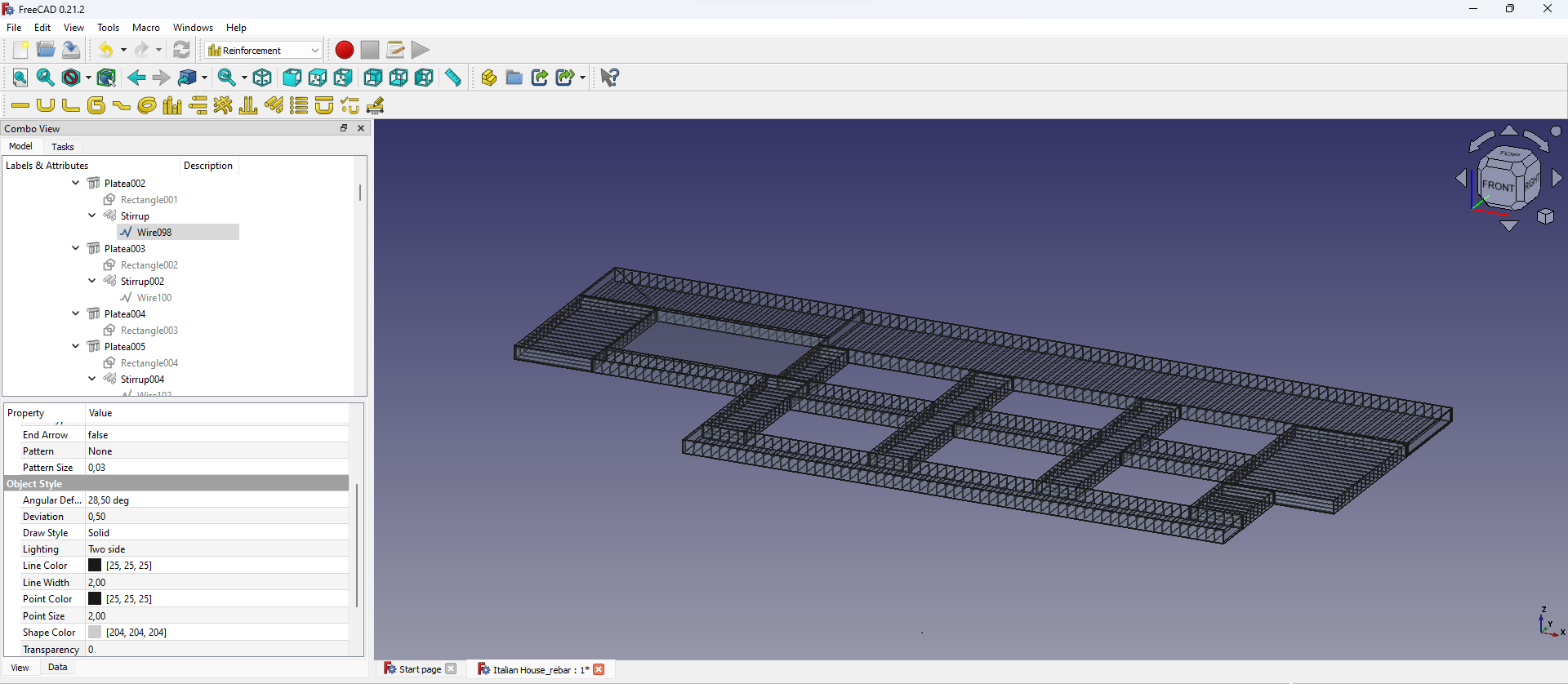@Moult said:
I think you'll find that the development is heavily influenced by real world usecases. Almost everything developed is to solve a commercial problem that one or more users are facing. The most likely reason there isn't a rebar modeling tool (yet) is that the percentage of users who need it are very small, so given limited developer resource we haven't tackled it yet.
This can be solved by either increasing developer resources (writing code, or funding), or by filing bug reports (so we get more accurate ideas about demand so we know where to allocate resources). There is already an existing bug report so I'd recommend adding a comment there, and after than helping contribute funding. $5 or $10 a month makes a big difference and adds up. We are hoping to hire another part time developer by the end of this year.
Ok, i understand a lot of "designers" don't use it, but architects do need it. My way of looking at this is that there a lot of people who upload videos related to BlenderBIM usage and modeling, and i can say that 95% of those videos are just 3D modeling with BIM (masses, volumes), but they are not using BIM for what BIM is intended for... BIM is intended for modeling realistic characteristics where Materials and Elements are the main Relevance of the model.
Isn't it true that most call it BIM because it composes volumes called "walls", it composes volumes called "doors, windows, etc..", and this is the way they draw buildings and houses?. But BIM is about scheduling, BIM is about materials, quantities and sometimes physics when it comes to structural analysis, BIM is not about doing 3d modeling only, you dont need to use "BIM" to model anything that people model in those videos.
"If you cannnot quantify all materials (EVERYTHING) in a BIM model then its just a partial project". So this is still more like a 3D volumetric sketcher.
Composite columns are very common and they have rebar in their sleeves.
